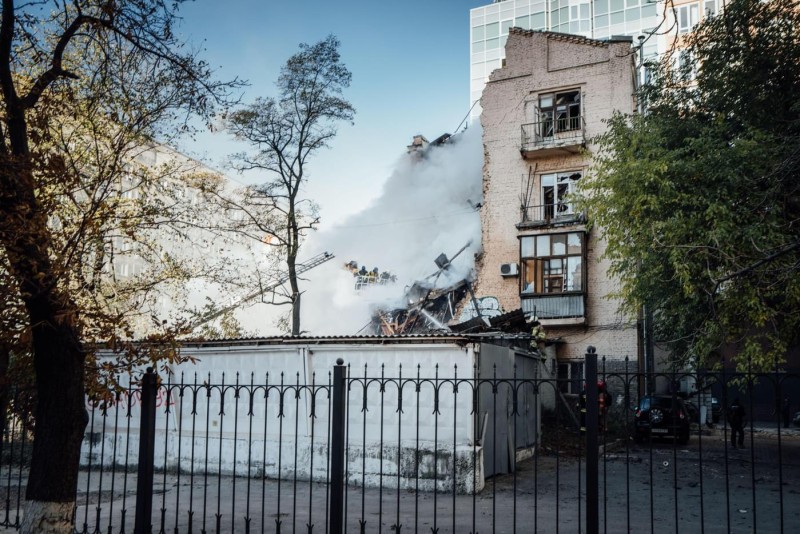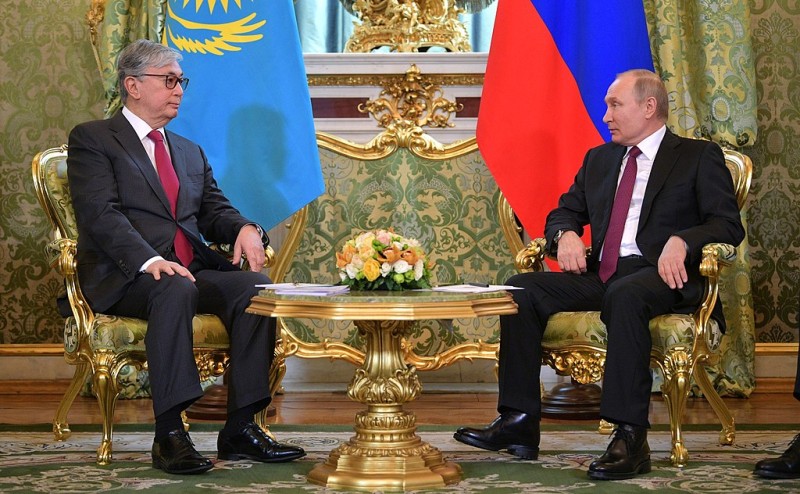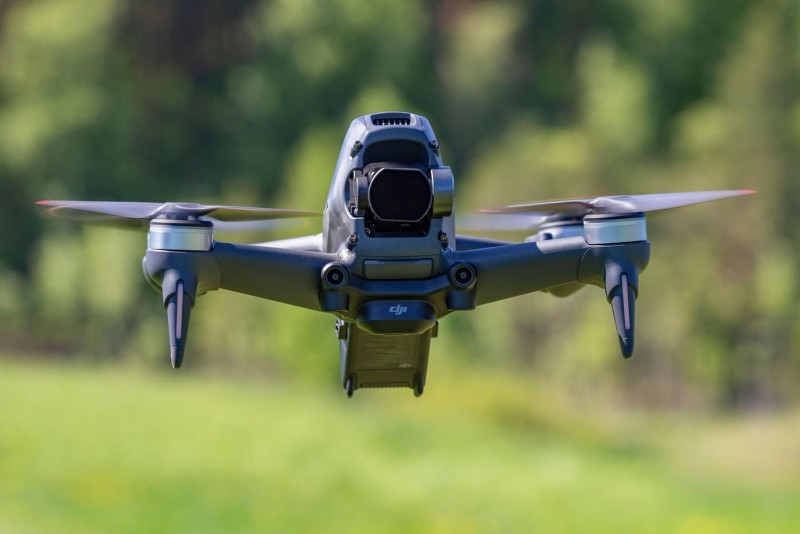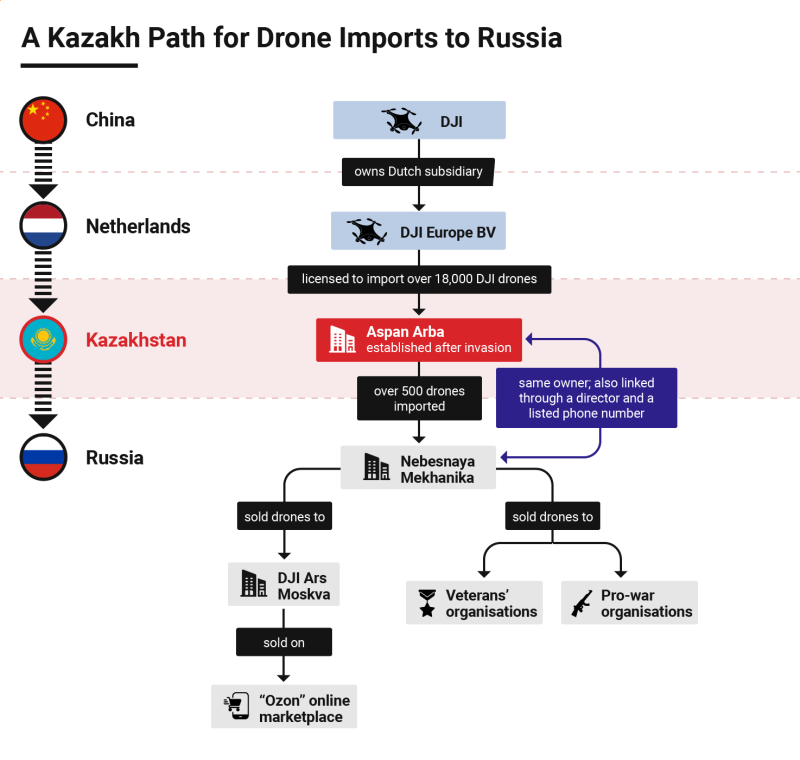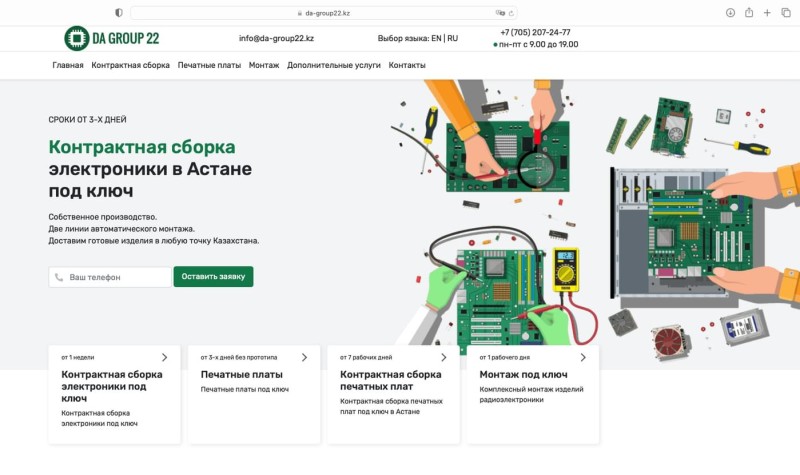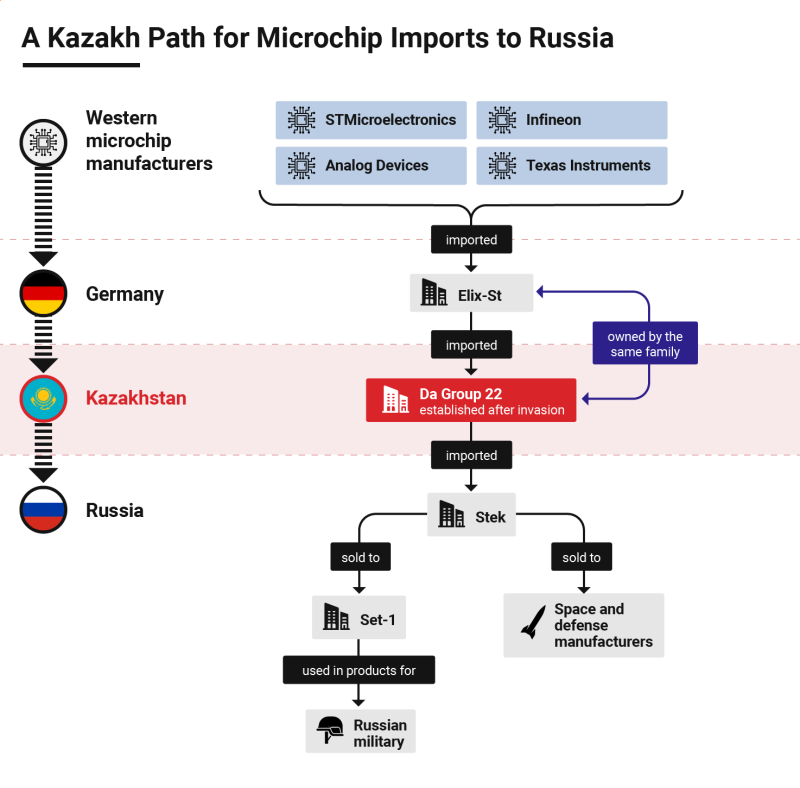It was one of the most harrowing scenes from the early days of Russia’s full-scale invasion of Ukraine: Desperate civilians fleeing the Kyiv suburb of Irpin over a shattered bridge as mortar shells thundered around them.
In footage captured by Britain’s Sky News that day, Ukrainian soldiers can be seen firing into the air, trying to shoot down drones they believed were helping Russian forces adjust their aim.
The incident was just a forerunner. In the weeks and months that followed, drones have emerged as a ubiquitous presence on Ukrainian battlefields.
Many drone-shot videos, widely shared on social media, have become testaments to the resourcefulness of the country’s defenders.
But as the scene near Kyiv suggests, the Russians have proven no less eager to take advantage of the technology. A database compiled by one researcher contains dozens of examples of Russian forces using drones — often lightweight, commercially available models — for reconnaissance, artillery spotting, and shooting propaganda videos. Many of these drones are foreign-made.
In theory, the import of drones into Russia should have been choked off by Western sanctions. In practice, however, it is clear that avenues for their procurement remain open. And it’s not just drones. Advanced microchips — used in everything from missiles to demining robots — are also flowing into Russia from abroad.
Reporters from IStories, OCCRP’s Russian partner, set out to learn how this was happening. In several cases, they found, Russian citizens who were already selling these devices before the war established new foreign companies that then became part of the supply chain.
The routes traced by reporters in this investigation run through Kazakhstan, a country that has made efforts to remain on good terms with both Russia and the West.
Kazakhstan is “trying to avoid any possibilities of sanctions evasion by Russia,” said the country’s foreign minister at a February press conference with the visiting U.S. secretary of state. But this was “very difficult,” he added, because both Kazakhstan and Russia are members of the Eurasian Economic Union, and trade between the countries is not subject to customs checks.
Indeed, Kazakh trade data strongly suggests that the country is used as an intermediary destination for Russian drone imports.
In 2021, before the full-scale invasion began, so few drones were imported into Kazakhstan that they did not even appear in official import-export data. In 2022, however, the country imported nearly $5 million worth of drones, almost entirely from China — and exported $1.23 million to Russia.
The import of microchips, too, has skyrocketed: In 2021, official statistics show, $35 million of the components were imported into Kazakhstan, a figure that had grown only moderately in recent years. In 2022, imports more than doubled to over $75 million.
At the same time, the export of microchips from Kazakhstan to Russia rose from a negligible $245,000 to $18 million — over 70 times higher.
These findings reinforce earlier reporting by IStories that Russia appeared to be easily skirting sanctions restrictions, with both the Russian company that manufactures “Orlan” drones and the Rostec industrial conglomerate successfully importing Western components.
“Sanctions are highly dependent on everyone coming together,” said Eric Woods, a specialist in export controls at the James Martin Center for Nonproliferation Studies at Middlebury College.
“All companies should be doing due diligence on who they’re doing business with, especially with known sanctions evasion hubs. This is why secondary sanctions exist, and we can see governments pressuring other governments to be part of their sanctions regimes. More enforcement would be a good message that would increase compliance.”
Countries like Kazakhstan may find that their scope for action is limited, however, since they share a border and a long history with their powerful neighbor.
“Russia is able to coerce Kazakhstan,” Woods said. “I’m sure there are a lot of people in the Kazakh government that don’t like what’s going on. … But there’s only so much they can do even if they wanted to.”
And while large companies may fear sanctions, Woods said, smaller operators that have found a niche as intermediaries are unlikely to care about punishment from the distant United States.
“If I’m a Kazakh company who doesn’t do business with the U.S., and I’m making millions of dollars scamming the Russians, charging them three times as much for everything they want to buy — that’s a business,” Woods said.
“Ultimately, these millions of little guys don’t shift the war in Putin’s favor on their own, but … they’re enough to give Russia the impression that they can do this. And as long as they can do this, the war is going to continue. The war will stop when Russia runs out of bullets.”
Sky Mechanics
Though some drones used in the war are custom-made or specialized military models, both Russia and Ukraine have also relied heavily on off-the-shelf consumer products.
Many are produced by DJI, a leading Chinese manufacturer. Faine Greenwood, the specialist who compiled the database of drone usage by both sides in the war, found that 59 percent of the drones she was able to identify were DJI products. The company’s drones also regularly feature in fundraising drives run by pro-war Russian Telegram channels.
DJI has stated forcefully that its drones are not intended for military purposes, and as of last April it does not sell its products in either Russia or Ukraine.
When a Dubai-based distributor of DJI drones was sanctioned by the United States last month for selling its products in Russia, DJI quickly said that the company was “no longer an authorized dealer” and said it had “thorough protocols in place to ensure we do not violate US or other jurisdiction’s sanctions.”
Nevertheless, DJI drones are still being sold in Russia — and making their way to the battlefields.
Among the vendors is a Moscow-based company called Nebesnaya Mekhanika. The firm, whose name means “Sky Mechanics” and which also uses the brand name “SKYMEC,” bills itself as a “leading distributor and integrator of DJI-brand drone solutions in Russia.”
Listed on the company’s website as “partners and clients” are major oil and mining companies, mobile operators, and government bodies, including the state railway company, the emergencies ministry, and the interior ministry.
But Nebesnaya Mekhanika’s transaction records, obtained by reporters, show that the company also sells DJI drones to various Russian military-oriented non-profits that are supporting the invasion of Ukraine.
One of these is “People’s Front: Everything for Victory,” an organization that solicits donations to help equip Russian military units.
The group is currently running a fundraising drive called “Fly, brothers!”— promoted by Vladimir Solovyev, one of Russia’s top propagandists — to purchase drones for the intelligence agencies of the breakaway pro-Russian parts of the Donetsk and Luhansk regions of eastern Ukraine. Last August, Solovyev wrote that 300 drones had already been acquired.
People’s Front was still acquiring drones as of this year: In February, the organization bought one from Nebesnaya Mekhanika for 799,000 rubles ($10,800). On its website, the company advertises the DJI Mavic 2 Enterprise Advanced model for exactly the same price.
Reporters found three other non-profits that spent a total of over 15 million rubles ($198,000) on drones from Nebesnaya Mekhanika:
Rys, a veteran’s organization near Moscow. Its only listed board member is a local deputy with the ruling United Russia party who had reached the rank of lieutenant colonel in the special forces. He could not be reached for comment.
The Kamchatka Regional Council of War and Labor Veterans. When asked whether its purchase was for military use, the head of the organization refused to respond and instead demanded that a reporter answer the question “Who does Crimea belong to?”
The Future of Kamchatka foundation, which was founded to “support social, charitable, cultural, and educational initiatives” but also sends supplies to Russian forces in Ukraine. The organization did not respond to requests for comment.
But the largest purchaser from Nebesnaya Mekhanika in 2022 and 2023, spending over 485 million rubles ($7.5 million), was a company called “DJI Ars Moscow.” This firm appears to be tied to Nebesnaya Mekhanika — its owner, at least until 2021, was a Nebesnaya Mekhanika employee.
Under the brand Digbox, DJI Ars Moscow sells drones and other items on Ozon, a popular online marketplace that Russian soldiers sometimes use to equip themselves for the war.
But where does Nebesnaya Mekhanika get its drones?
Russian customs data obtained by reporters shows that at least one of its sources is in Kazakhstan. In 2022, it imported over 500 drones from a Kazakh company called Aspan Arba.
This company was registered in April 2022, a few months after the start of Russia’s invasion. According to Metalmininginfo, a Kazakh mining industry news outlet, it is the official dealer of DJI drones in Kazakhstan and supplies drones for mining, construction, rescue operations, and agricultural work.
But there are numerous indications that Aspan Arba — which means “sky chariot” in Kazakh — and the Russian Nebesnaya Mekhanika are run by the same people.
Both companies list a man named Ilya Golberg as their owner. The Kazakh company’s director, Mikhail Sapozhnikov, used to co-own Nebesnaya Mekhanika with Golberg. And according to a leak of phone numbers from CDEK, a Russian courier service, a phone number listed on Aspan Arba’s website is also the number of a Nebesnaya Mekhanika employee.
Since there are no restrictions on importing drones to Kazakhstan, Aspan Arban is free to do so.
According to Kazakhstan’s Ministry of Digital Development, the company has received licenses to import over 18,000 DJI drones for $45 million from DJI Europe B.V., the Dutch subsidiary of the Chinese drone company.
Golberg, the owner of Nebesnaya Mekhanika and Aspan Arba, declined to comment for this story. A representative of DJI reiterated to reporters that the Chinese company and its subsidiaries had “voluntarily ceased all shipments and operations in Russia and Ukraine in April 2022.”
“We notified our distribution network in these two countries and elsewhere that they must block any sale of products or spare parts to customers in these two countries, regardless of the intended end usage,” the company wrote. “We have updated our sales policy accordingly to reflect this. Our protocols ensure we do not violate sanctions from the United States or any other jurisdiction.”
The DJI representative added that the company’s “cooperation” with Aspan Arba began in May 2022 and was not renewed in 2023.
A Family Business
Stek, registered at an apartment in the center of Moscow, advertises itself as a “young, successfully developing company” that trades in electronics components.
According to Russian customs data, the firm imported microchips, diodes, transistors, and other items worth $4.2 million from Kazakhstan in 2022 and 2023.
The customs data does not show who made these components, but indicates that they were produced in Hong Kong, Germany, the Netherlands, and Singapore.
The buyers of Stek’s wares, according to its website, include the MEI Special Design Bureau, a developer of radio systems that is a part of Russia’s space agency, and Moskovsky Prozhektornyi Zavod, a power supply manufacturer for Russian strategic missile and air defense complexes.
But according to Stek’s transaction records, which were obtained by reporters, most of the company’s sales in 2022 were made to a single company called Set-1.
Set-1’s website is currently down, but an archived version shows that it “develops and manufactures special technology” for Russian military and law enforcement bodies, including remote-controlled robots called Sfera and Skarabei. The Russian military has used the company’s products in Syria and is now also employing them for demining operations on Ukraine’s occupied territories.
In 2022, Set-1 supplied electronic equipment to Russia’s Foreign Intelligence Service, the FSB security agency, and Russia’s proxies in the self-proclaimed Donetsk People’s Republic in eastern Ukraine.
The general director and owner of Stek, Ilya Silnitsky, did not respond to reporters’ questions. The head of Set-1, Sergei Efremenkov, also did not respond to requests for comment.
Reporters were able to trace the origin of some of the components Stek imported from Kazakhstan.
This January, customs data shows, it received a shipment of 2,598 microchips from a Kazakh company called Da Group 22. The same month, Da Group 22 had itself received a shipment of exactly the same size from a German company called Elix-St, based in Stuttgart.
As it turns out, Da Group 22 and Elix-St are owned by what appears to be the same Russian family.
The German company is co-owned by a couple named Evgeny Chernet and Elena Chernet, while the Kazakh one — which was registered last March — is owned by a man named Alexander Chernet who appears to be their son.
German trade data shows that, between 2018 and 2021 — that is, before the full-scale invasion of Ukraine — Elix-St exported nothing to Kazakhstan, but sold nearly $500,000 worth of electronic components to Russia.
In 2022 and 2023, the situation was the other way around, with Elix-St sending nothing to Russia and hundreds of thousands of dollars’ worth of components to Da Group 22 in Kazakhstan. These included products made by major international manufacturers such as Analog Devices, Infineon, Texas Instruments, and STMicroelectronics, which say they no longer operate in Russia or have stopped shipping to the country.
No one was home when a reporter visited the Elix-St office on the outskirts of Stuttgart and the Chernets’ nearby home. According to a resident of the neighborhood, the family was abroad: Evgeny and Elena in Cyprus and their “boys” possibly in Moscow or Kazakhstan.
When contacted for comment, a law firm representing Elix-St confirmed that the company had sold electronic components to Da Group, but said it had been told they would be used “for dashcams.” In some cases, it said, it had received end-user certificates attesting to the components’ intended usage.
The Elix-St representative denied that Da Group was owned by the Chernets’ son. As evidence, reporters were provided with an outdated Kazakh corporate record showing a man with a Kazakh name as its founder. According to current records, however, the company’s owner and director is indeed Alexander Chernet.
“Well-Known International Brands”
In another case, reporters found two similarly-named Russian companies that split the tasks of importing electronic components from Kazakhstan and supplying them to the defense industry.
The Moscow-based company Prime, trading under the name “Prime Components,” advertises itself as a source of “electronic components for professionals.”
“Our company sells only proven products from well-known international brands, confirming their reliability with domestic and international certificates,” its website reads.
According to a government portal that provides public procurement information, Prime has delivered components to defense companies under the umbrella of Rostec, a state-owned defense conglomerate. One of its main clients last year was Elektropribor, which produces communications equipment for the defense ministry.
Last year, Prime sourced over 100 million rubles ($1.4 million) in electronic components from a similarly-named Russian company called Prime-Ek. The two companies’ offices are in the same building, and a leaked phone number database shows that they also share a phone number.
Customs data shows that Prime-Ek itself acquired components worth $3.1 million from unknown Kazakh suppliers in 2022 and 2023. Its imports include products made by such Western manufacturers as Texas Instruments, Analog Devices, and STMicroelectronics.
Reporters were not able to reach Prime and Prime-Ek to ask for comment.




